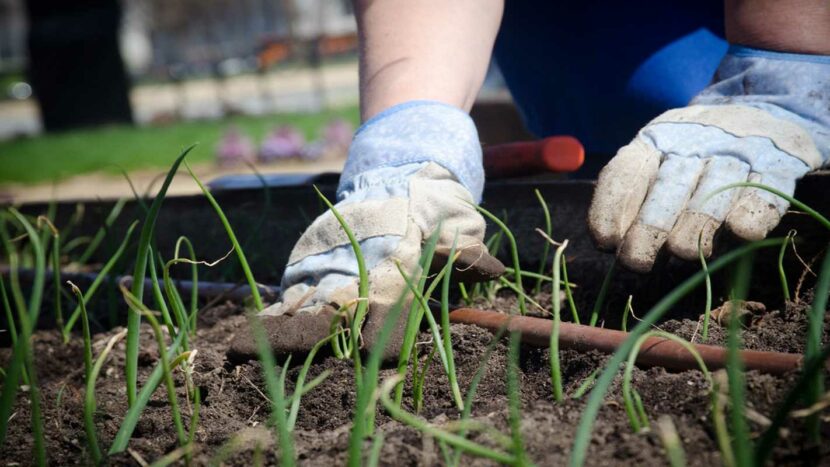The impacts of climate change are obvious to gardeners, and the actions they can take are similar wherever they live.
The National Wildlife Federation in the United States recommends these ‘backyard actions’:
- Improve your energy efficiency. For example, replace outdoor light bulbs with high-efficiency LED bulbs, install outdoor automatic light timers, or purchase solar-powered garden products.
- Reduce the use of gasoline-powered yard tools. Using a gasoline-powered mower for an hour pollutes 10 to 12 times more than the average car.
- Reduce the threat of invasive species expansion and incorporate diverse native species instead.
- Reduce water consumption by mulching, installing rain tanks, adjusting your watering schedule and using drip irrigation.
- Compost kitchen and garden waste. Composting this waste can significantly reduce your contribution to carbon pollution, especially methane, a highly potent greenhouse gas. It also provides an excellent source of nutrients for your garden, again reducing the need for chemical fertilizers.
- Plant lots of trees to absorb carbon dioxide. Trees can absorb and store as much as a ton of carbon pollution (CO2) from the atmosphere. If every one of America’s 85 million gardening households planted just one young shade tree in their backyard or community, those trees would absorb more than 2 million tons of CO2 each year.
See https://www.nwf.org/~/media/PDFs/Misc/nwf_climate_flyer_print.pdf
These are the sort of actions recommended by Sustainable Gardening Australia, which also suggests avoiding concrete, which creates high greenhouse gas emissions in its manufacture. For more see: What Gardeners Can Do About Climate Change
Add to this list a tip from the Royal Horticultural Society in the UK:
- Adopt new ways of growing, for example by creating green roofs and walls that can result in year–round home energy savings due to a cooling effect in summer and an insulating effect in winter.


